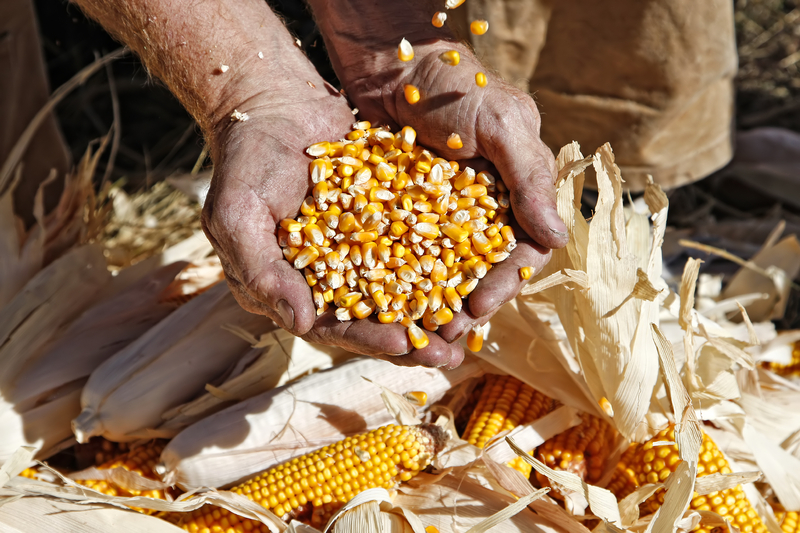Water, Water Everywhere…But Not Where it is Needed
On May 19, the New York Times reported that the west is facing a significant water shortage and that many aquifers are running dry as a result of large-scale irrigation and crops that demand large amounts of water. The combination of events is slowly reducing farmers’ ability to water their crops.
This problem should not come as any surprise to either the farmers or the rest of us. As the article notes, Kansas had only 250,000 irrigated acres in 1950 and now has some 3 million acres under irrigation today. More importantly, the water source is from underground aquifers.
Basic Earth Science and Geology courses teach us that aquifers are very slowly recharging underground water systems. In other words, it is far easier to pump water out of an aquifer than it is to put water back in.
As farmers have increased their dependence on irrigation since 1950, we have seen weather patterns shift where rain water falls, we have seen more powerful irrigators put in place and to make this a trifecta, we have planted crops for cash that use far more water than other crops.
Corn, now planted more heavily because of the lure of cash for that nebulously valued biofuel, ethanol, has replaced many other crops. In addition to use as biofuel, corn is used to feed cattle to fatten them for market (I won’t even start speaking to the fact that corn fed cattle make no sense as cattle evolved to eat grass).
As noted, corn uses 14 inches of water per acre in the growing season. Now think about this, the farmers, who certainly need to make money like everyone else, see an opportunity to plant a crop that fattens cows, makes fuel and is in increased demand. What do they do? They plant what makes money.

But, they have made a Faustian bargain, or, to put it another way, they have embarked on an unsustainable form of agriculture. When you farm in a manner that demands more resources than you can provide, the only possible result is a downward spiral of production over time.
That is exactly what is happening here. Wells that produced 1600 gallons per minute in 1964 are now producing 300 gallons per minute today. That number is certain to decrease further.
What is to be done? Some farmers have made the investment to more efficient irrigation systems, some will simply go for the gold and destroy the aquifer, and ultimately, some 3 million acres of land will no longer be able to rely on any form of irrigation as the wells would have run dry.
